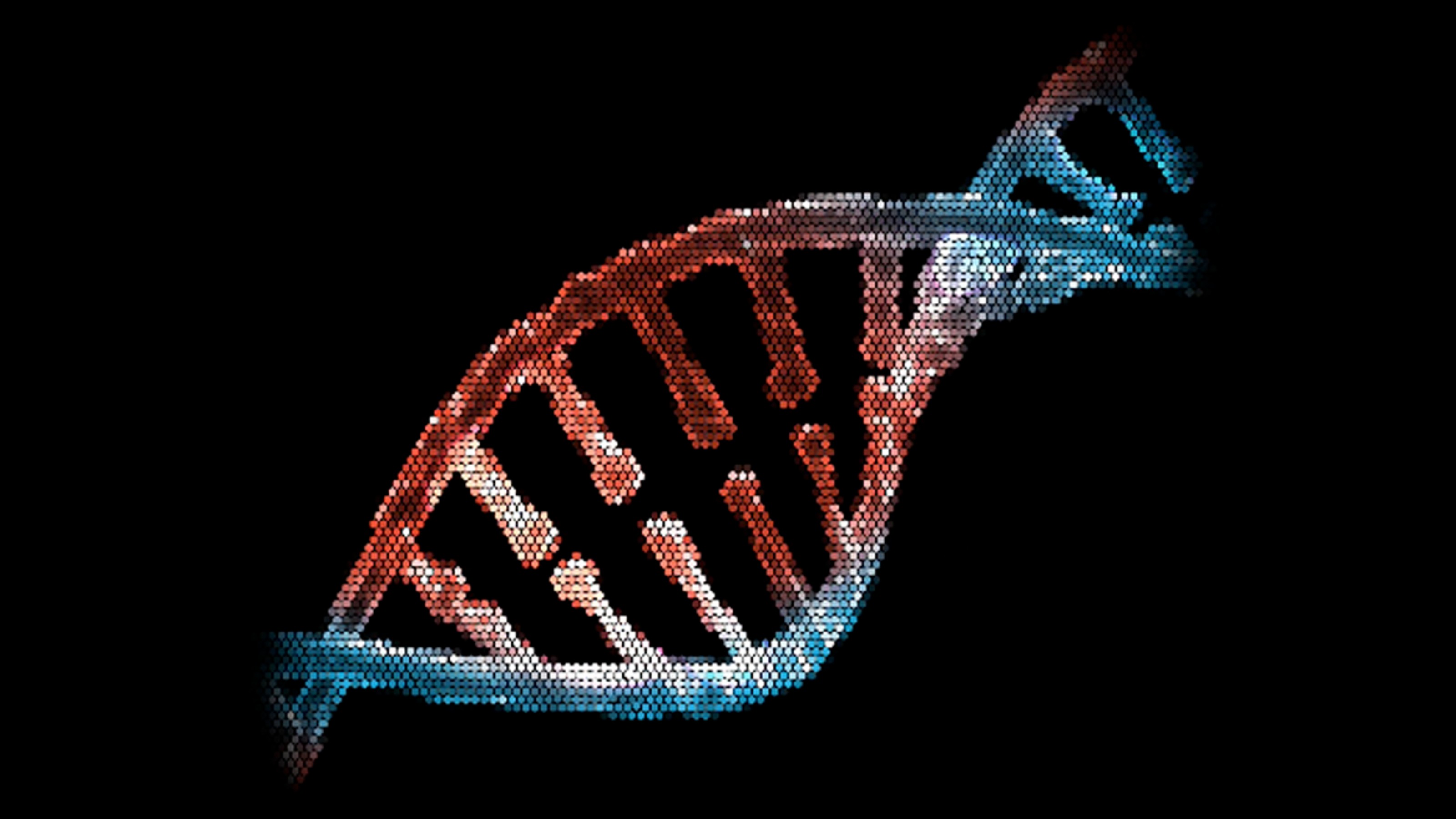The Textbook Challenge: Environmental Science (7th grade)
First up in my analysis of my children’s textbooks for The Textbook Challenge: my 7th-grade daughter’s Environmental Science text. The purpose of the challenge is to compare textbook content to what can be found online.
n
Environmental Science? Sounds like a timely topic indeed…
n
Profile and interview
n
The book starts with a profile of – and interview with – a Wildlife Management Biologist. There are 4 pages of text and pictures. I find similar resources on the Web with a quick Google search. Check.
n
- n
- Interview with a wildlife biologist
- Science careers: Zoologist and wildlife biologist
- Wildlife biology as a career?
n
n
n
n
Learning activity – Camouflage
n
Flipping forward randomly, I find the following activity (click on image for larger size):
n
n
Hmmm… I’m NOT impressed with this activity. This book lists 3 program authors, 3 more book authors, 2 contributing writers, a reading consultant, an interdisciplinary consultant, 2 safety consultants, 13 program reviewers, 27 content reviewers, 26 teacher reviewers, and 25 activity field testers (whew!). Despite all the expertise and Ph.D.s. on the list, this was the best they could come up with for an activity related to camouflage?
n
I show this to my daughter. She already knows at least as much about camouflage as she would learn from this activity. She responds quickly to the ‘Think It Over‘ part. She does NOT learn anything new from this activity. I’m not sure any other 7th-grader will either.
n
There are a wealth of camouflage activities and lesson plans available via a quick Google search. Check.
n
- n
- University of Arizona – Insect Discovery
- Activities for Camouflage
- Hide in Plain Sight
- Brain PP Jr. – Camouflage
- British Council – Counting camouflage
- PUDDLER – Camouflage census
- HOTCHALK – Camouflage
n
n
n
n
n
n
n
n
Real-world lab – Is paper a renewable resource?
n
Flipping forward randomly again, I come to a ‘real world lab‘ that purports to address whether or not paper is a renewable resource. In this activity, students examine newspapers under microscopes, tear them up into small pieces, and then essentially make them back into paper again by making a rudimentary paper press. Students then extend their learning by answering some questions and designing ‘experiments’ on how to recycle other materials such as glossy magazine paper or cardboard.
n
Quick Google searches turn up a number of similar resources. Check.
n
n
Exploring soil conservation
n
Flipping forward randomly again brings me to a sidebar on farming practices that help reduce soil erosion. A quick Google search is productive. Check.
n
Try this – How acid is your rain?
n
Flipping forward randomly brings me to a little side experiment on rain acidity. A quick Google search is productive. Check.
n
Chapter review and air pollution concept map
n
One last random flip forward. I’m at a chapter review. There are lots of multiple choice and true-false questions. There also is a fill-in-the-blank concept map for air pollution that requires students to put in EXACTLY the term expected by the textbook. A quick Google search turns up similar activities. Check.
n
n
The chapter review also contains 3 ‘Thinking Critically‘ questions:
n
- n
- Comparing and Contrasting. How are radon and carbon monoxide alike? How are they different?
- Predicting. What effect might a sudden increase in the amount of ozone in the ozone layer have?
- Making generalizations. Would you expect the levels of photochemical smog to be worse in cities or in rural areas? Explain your answer.
n
n
n
n
I’ll let you decide if these truly measure critical thinking or if they merely require student to parrot back what a teacher, textbook, or web site tells them.
n
Conclusion
n
Although I didn’t do an exhaustive examination of the textbook, random searching didn’t turn up much that wasn’t easily findable online. Some of the Web activities appeared more cognitively complex than what was in the text; others were similar.





